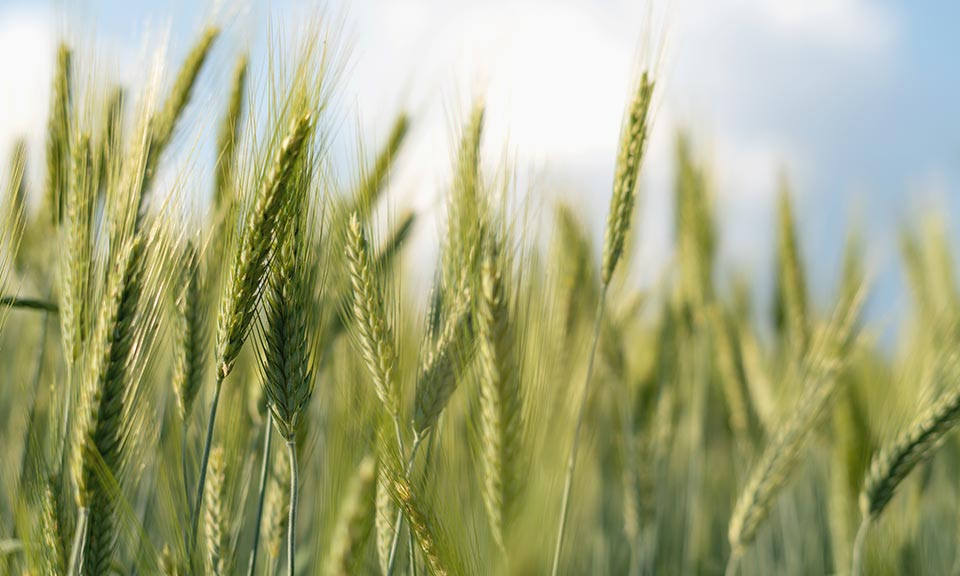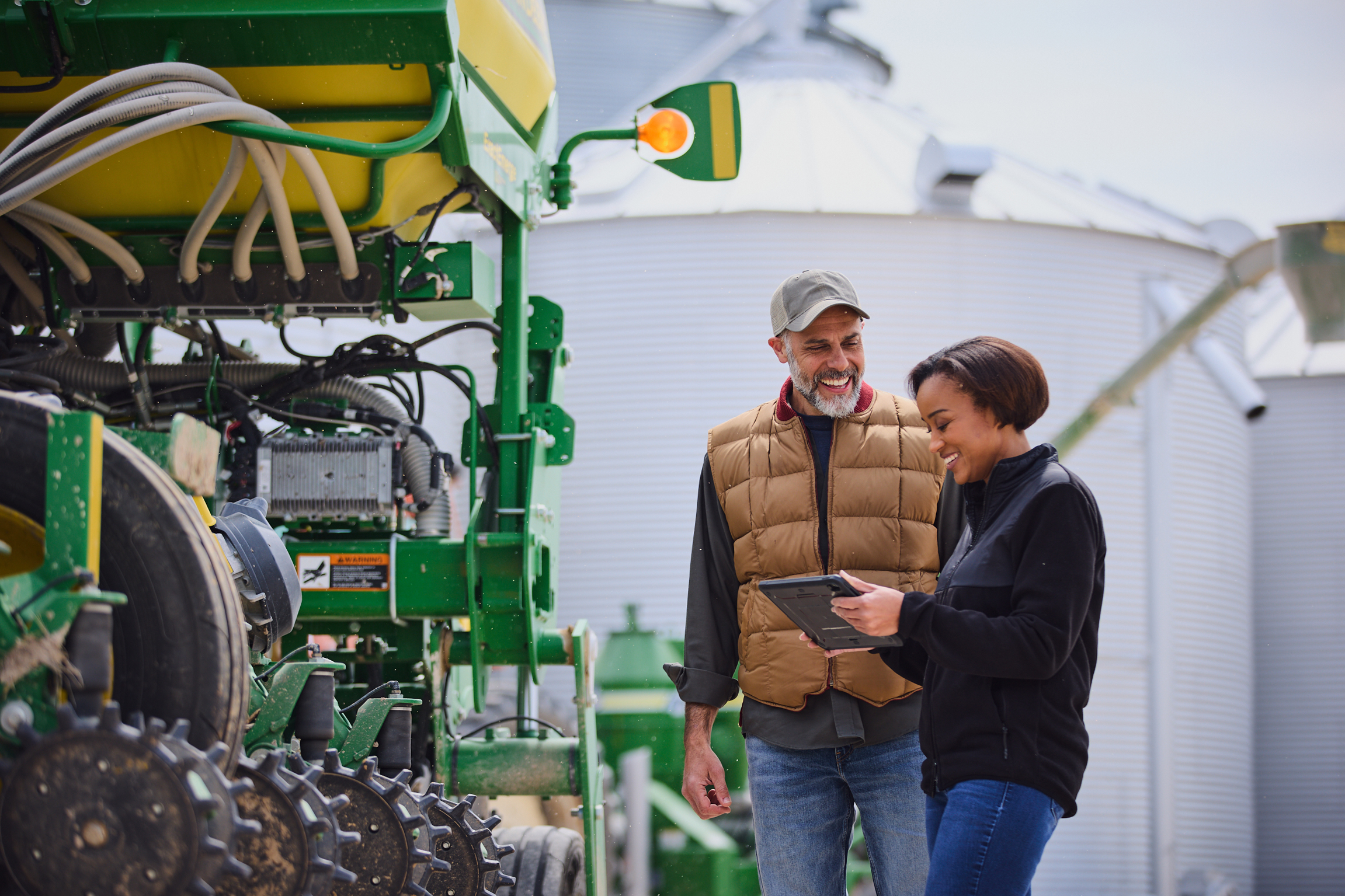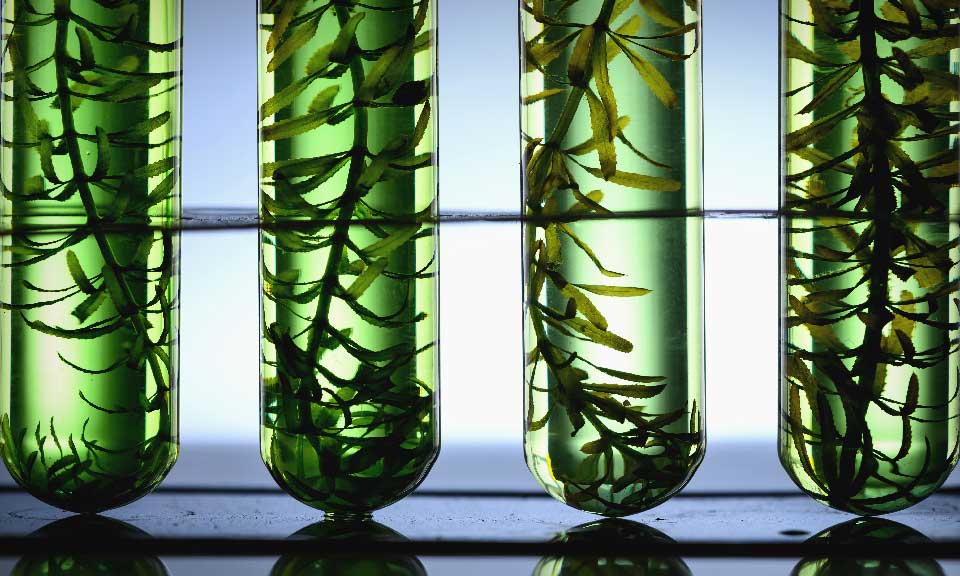Europe's wheat growers mull new crop sales in shadow of Ukraine war

Europe's wheat farmers are having to consider when best to sell their upcoming crop, two months after Russia's invasion of Ukraine triggered a surge in prices that has resulted in a steep backwardation in the market.
That surge applied to prompt delivery as importers rushed to secure alternative supplies. But with most farmers' wheat was in the ground, not in silos, they have been watching forward prices for delivery in the months after the 2022 harvest.
While France and Romania are the EU's two largest exporters, farmers in the two countries have shown a very different appetite for risk, sources said.
"French farmers have been selling quite a lot ... while in Romania farmers are not moving," said one trader, who estimated that around 30% of France's wheat crop has already been sold for the 2022-23 marketing year (July-June).
Rising input costs, especially for fertilizer and fuel, would typically encourage wheat farmers to lock in future sales, often under pressure from banks who have financed the purchases.
But many now believe in the potential for further price increases.
"We are not seeing much activity at all on the new crop ... it is very unusual," said another participant in the Black Sea wheat market. "They [Romanian farmers] want to wait as long as possible not to sell too low, as long as Russia and Ukraine remain absent or slow, and they do better still."
Ukraine represented 8% of total global exports in My 2020-21. The suspension of its seaborne exports at the end of February was felt most acutely by those seeking wheat for shipment in March and April, leading to a steep premium for prompt cargoes.
In France, a farmer who agreed April 27 to sell 11% protein wheat for delivery in May would receive Eur418.50/mt ($449/mt) while they would get Eur41/mt less if they sold for delivery in September (based on the price of MATIF wheat futures at 1630 GMT).
The backwardation between May and September is typical given that the new wheat crop is usually available across Europe from late June, but the size of this year's discount is exceptional.
At the same point in 2021, when the May contract was at Eur248/mt, the discount for September was Eur20.25/mt. It was just Eur8.75/mt in 2020 and Eur10/mt in 2019.
The closure of Ukraine's main ports has forced grain exporters to employ trucks, trains and barges, which limits exports to around 500,000 mt per month, rather than around 5 million mt before the war, traders said.
Russia's ports, meanwhile, were expected to ship at least 2 million mt of grain in April, not far from pre-war expectations for this comparatively quiet point in the year.
But Russia's wheat exports may show larger year-on-year falls after the harvest, given that the war has made it harder for Russians to insure cargoes and find vessels.

News
Bayer AG has announced the pilot of an expert generative AI (GenAI) system that “quickly and accurately” answers questions related to agronomy, farm management and Bayer agricultural products. The pilot has been developed in collaboration with Microsoft as leading technology partner and Ernst & Young (EY) as an industry partner, the company said. The system is the result of Bayer using proprietary agronomic data to train a large language model (LLM) with years of internal data, insights from thousands of trials within its vast testing network and centuries of aggregated experience from Bayer agronomists around the world, the company said. “Our unique GenAI system has the potential to serve agronomists and benefit farmers all over the world, further advancing AI as an indispensable technology for agriculture,” said Amanda McClerren, CIO and head of digital transformation & information technology for Bayer’s crop science division. Bayer said it is exploring ways to integrate the expert GenAI system into its digital offerings, and the company anticipates broad opportunities for collaboration with other agricultural offerings and partners. “Bayer aims to expand the pilot of the expert GenAI system to selected agronomists and potentially farmers as early as this year, while continuing to advance a separate GenAI prototype allowing users to directly query their own farm data,” the company said. In addition, the partnership between Bayer and Microsoft enables the company to bring ready-made capabilities, AgPowered Services, to the agri-food industry, such as Bayer’s Historical Weather that brings a comprehensive weather dataset to Azure Data Manager for Agriculture that spans the last 40 years and provides detailed, field-level weather insights across global agricultural regions, the company said. Integrating tools from IBM, including from the IBM Environmental Intelligence Suite, the new capability, which was previously available for internal use only, can inform weather risk assessments and actuary processes, Bayer said. It will also be used by Bayer and others to forecast crop seasonality and production changes year over year, as well as train agronomic models, it said. Meanwhile, Bayer is developing a connector that enables access to irrigation data from Lindsay Corp., an industry-leading irrigation solution provider. This expands the data types available to Azure Data Manager's enterprise customers, making it possible for them to connect to irrigation data in the same way as weather, imagery, original equipment manufacturer (OEM) and other data types, the company said. The new cloud offerings will also support regulatory and sustainability reporting, such as providing supply chain traceability that can help ensure compliance with new laws such as the EU Deforestation Regulation, which is expected to go into effect at the end of 2024, Bayer said. This article was first published in chemweek.com. Photo credit: Bayer

News
Asia has seen the fastest growth in biofuels production and exports globally, driven by government policies and export markets for feedstocks. To capitalize on the boom, governments have rapidly pushed out biofuel mandates focused around their country’s main agricultural products. Presently, the largest biofuel producers in the region are China, India, Indonesia, Malaysia, the Philippines and Thailand. Here’s a ready reckoner for Asia’s major biofuel policies along with production, trade and prices. Click for the full-size infographic